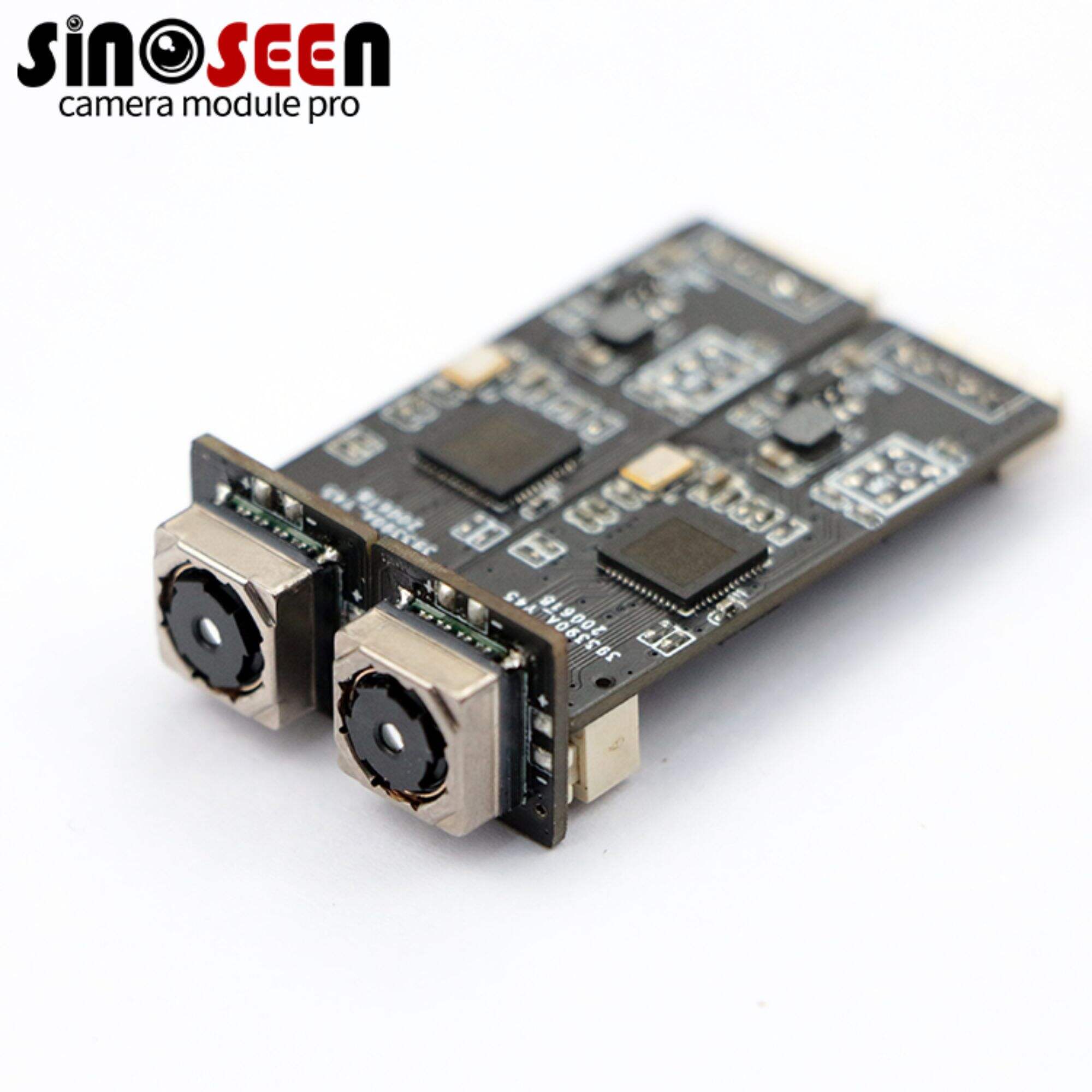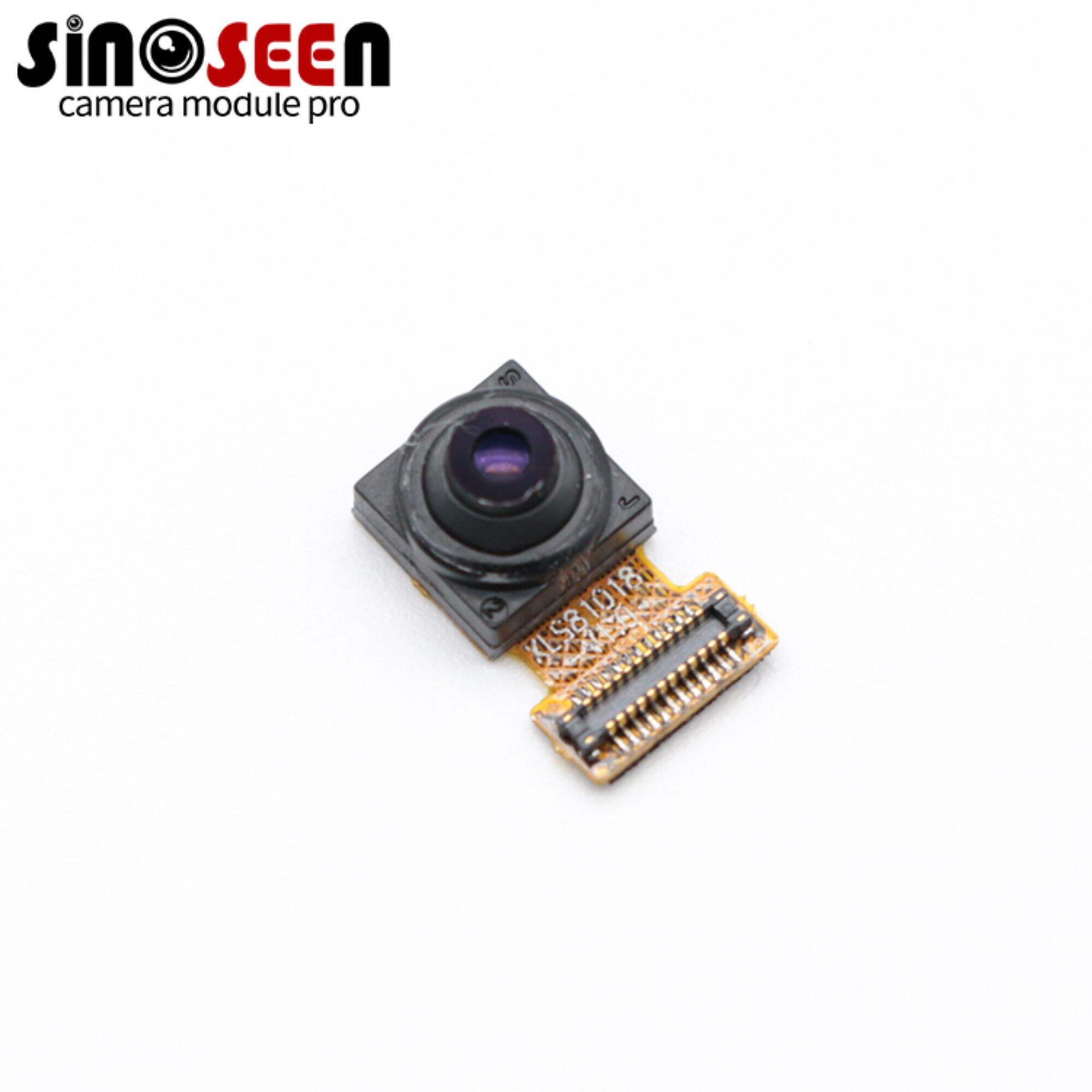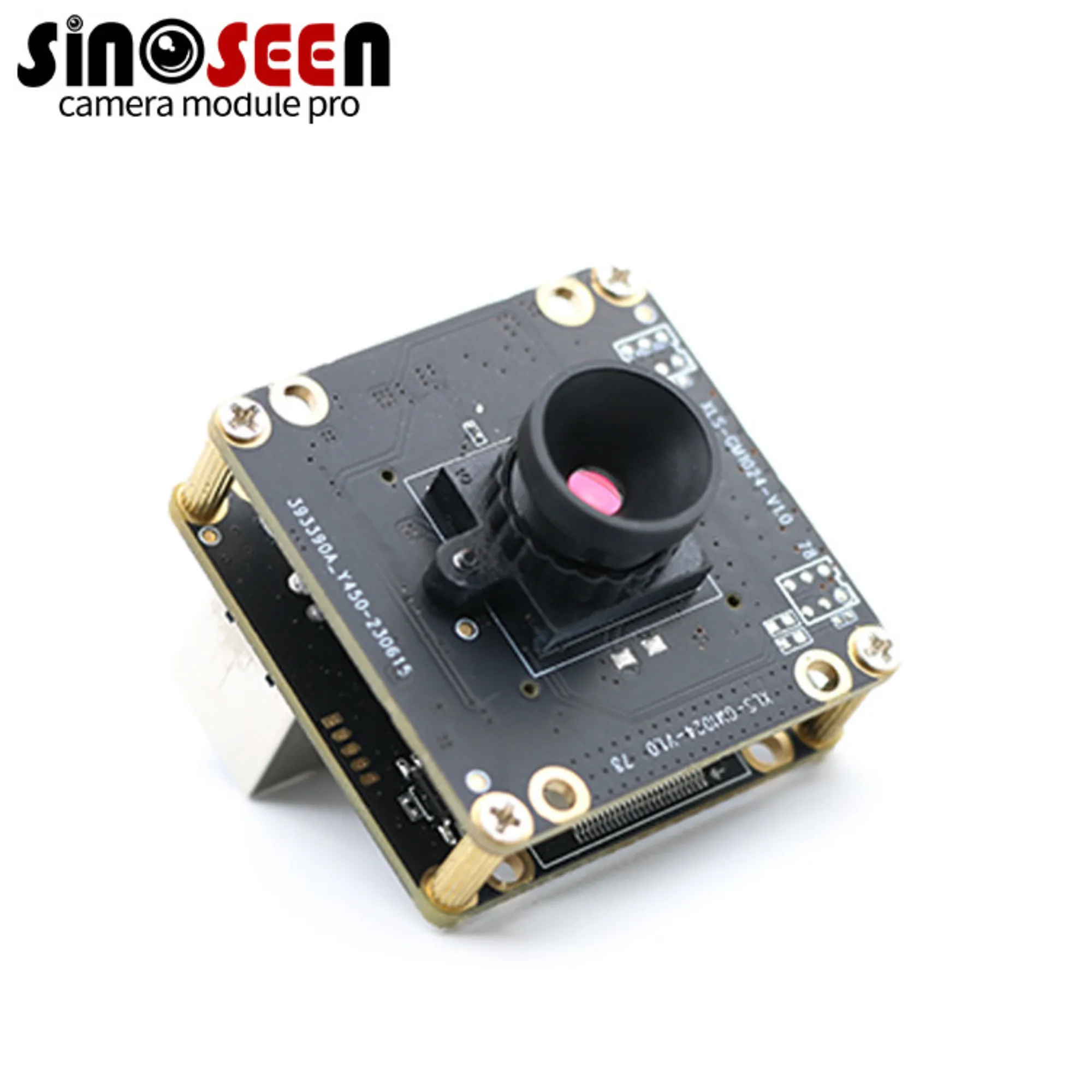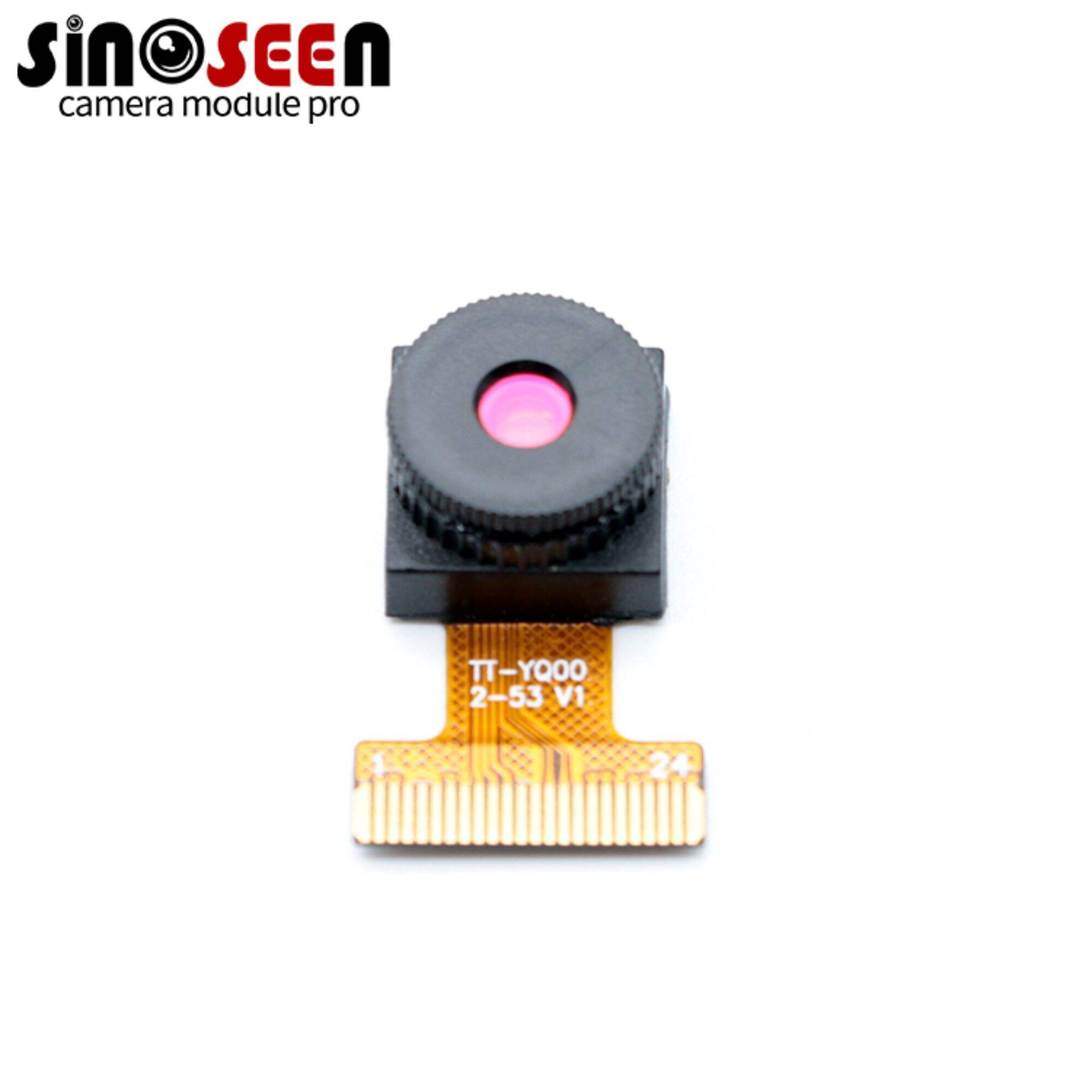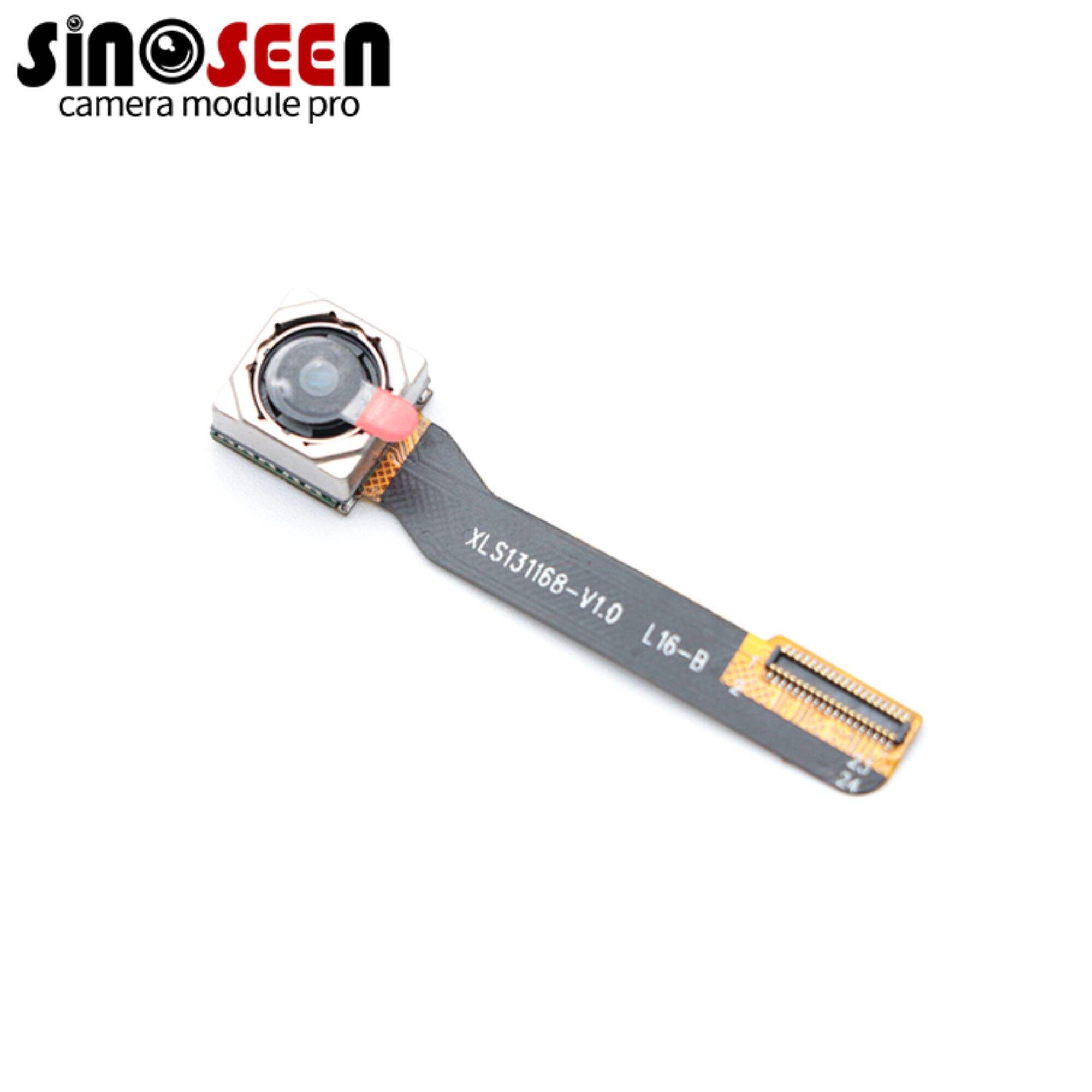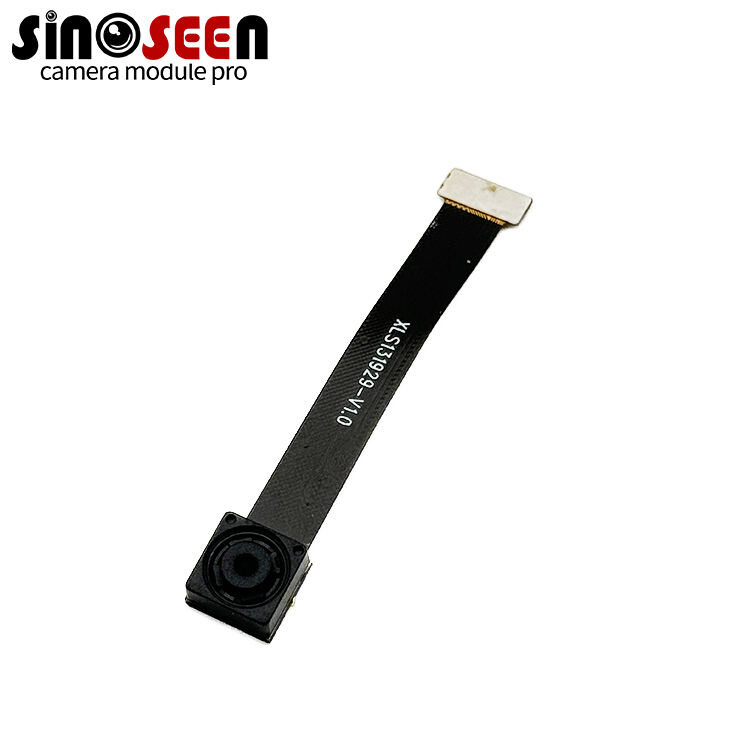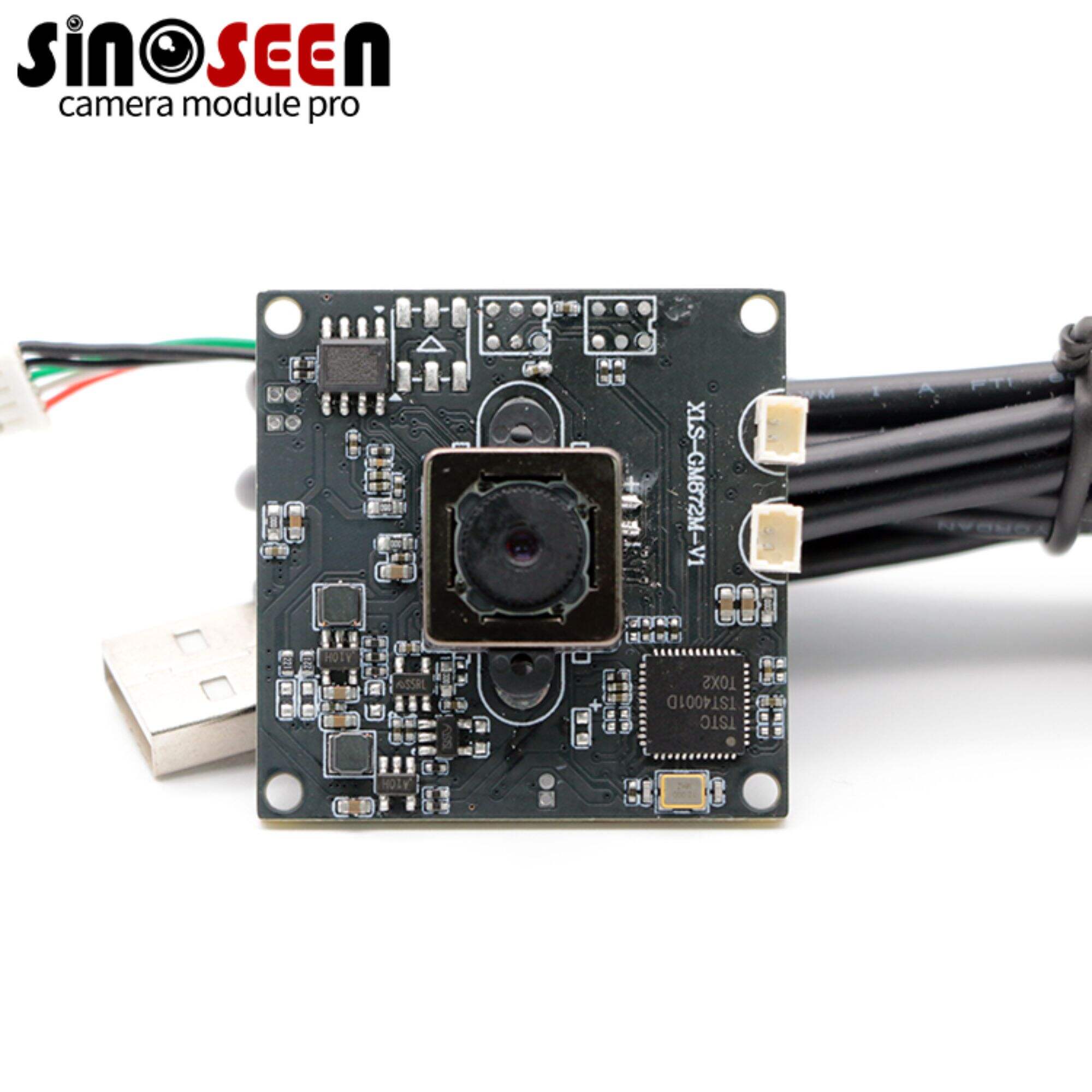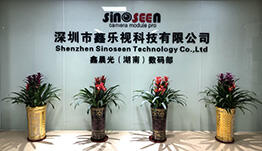The Importance of High-Resolution Imaging in Endoscope Camera Modules
The Critical Role of High-Resolution Imaging in Modern Endoscopy
Enabling Precision in Minimally Invasive Surgery
High-resolution imaging is a cornerstone for enhancing visual precision in minimally invasive surgeries. By providing surgeons with clearer visuals, procedures that involve smaller incisions can be performed more accurately, substantially reducing recovery times and hospital stays. This technology is crucial in enabling detailed examination of tissues, allowing for precise incisions and reducing the risk of tissue damage during surgery. Studies highlight that surgeries conducted with superior imaging yield remarkable reductions in post-operative complications and overall improved patient outcomes. The integration of such imaging advancements is pivotal in transforming surgical precision into tangible results that boost patient recovery and satisfaction.
Impact on Patient Outcomes and Recovery Times
Research consistently indicates a positive link between high-resolution imaging and enhanced recovery rates for patients undergoing endoscopic procedures. Higher quality visuals empower surgeons to make informed and swift decisions during operations, which is essential for reducing risks and expediting healing processes. The efficacy of these operations translates to elevated patient satisfaction, as complications diminish and healthcare systems gain efficiency. Remarkably, enhanced imaging contributes to quicker discharge rates and more streamlined post-operative care, stressing its importance in improving healthcare delivery. As imaging technology advances, patient outcomes continue to benefit, emphasizing the necessity of high-resolution imaging in modern medical practices.
Advancements in 4K Camera Modules for Medical Imaging
Real-Time Imaging for Surgical Accuracy
The integration of 4K camera modules in medical settings has significantly enhanced the quality of real-time imaging during surgical procedures. With the ability to capture ultra-high-definition visuals, surgeons now have unprecedented detail and clarity, allowing them to make immediate adjustments and improve surgical accuracy. This advancement is particularly crucial in complex surgeries where every minor detail can influence outcomes. For instance, by utilizing a 4K camera module for medical imaging, healthcare professionals can identify intricate structures with precision, thereby reducing the likelihood of errors and enhancing patient safety.
Multi-Camera Synchronization in Endoscopic Systems
The development of multi-camera synchronization facilitated by 4K modules has transformed endoscopic procedures, offering comprehensive visual coverage for surgeons. By enabling greater depth perception and spatial awareness, these configurations enhance surgical outcomes and are especially beneficial in intricate procedures. Synchronizing multiple 4K cameras allows for a holistic view of the surgical field, proving advantageous in operations where precision is paramount. Such advancements in endoscopic systems illustrate the value of high-resolution imaging technologies in medicine, enabling efficiency and improving patient care by minimizing operational risks and enhancing the accuracy of surgical interventions.
Enhancing Diagnostic Accuracy with Ultra-High-Definition Endoscopy
Microscopic Detail Capture for Early Detection
Ultra-high-definition endoscopy is revolutionizing diagnostic accuracy by capturing details at a microscopic level, critical for early disease detection. This technology enables healthcare professionals to identify abnormalities within the gastrointestinal tract, significantly improving diagnostic capabilities. A recent study emphasizes that high-resolution equipment enhances the evaluation process in gastrointestinal assessments, facilitating the identification of conditions like cancer at an early stage. Prompt detection of such diseases leads to improved treatment options and increases patient survival rates.
AI-Driven Analysis of High-Resolution Endoscopic Footage
The integration of AI technologies into high-resolution imaging drastically improves the detection of anomalies that may be overlooked by human assessment. AI-driven systems analyze endoscopic footage efficiently, reducing the time spent reviewing and enhancing decision-making confidence among medical professionals. By leveraging AI, diagnostic precision is improved, streamlining workflow efficiency in busy medical environments. This advancement not only supports accurate diagnostics but also optimizes operations, ensuring healthcare providers can deliver timely and effective patient care.
Overcoming Low-Light Challenges in Endoscopic Procedures
Night Vision Camera Modules in Gastroenterology
Endoscopic procedures often grapple with low-light conditions, posing significant challenges in visibility and precision. Night vision camera modules come to the rescue in such scenarios, providing enhanced visibility and allowing successful navigation and treatment in hard-to-reach areas of the body. These modules are outfitted specifically for low-light environments, thus enabling gastroenterologists to perform critical procedures with greater clarity and effectiveness. Research supports that the integration of night vision technology in endoscopy leads to more effective gastroenterological interventions, underscoring the significance of adopting such technological innovations in medical practice.
Sensor Innovations like IMX415 for Low-Light Clarity
Advancements in sensor technologies have revolutionized low-light imaging, offering unprecedented clarity and effectiveness. The emergence of sensors like the IMX415 plays a key role in this transformation, as they are specially engineered to function optimally in dim conditions. These innovations provide surgeons with the clarity needed to perform procedures in less-than-ideal lighting, enhancing operational precision and patient outcomes. Studies substantiate that such sensor innovations significantly improve performance in practical applications, making them indispensable in the field of endoscopy. By equipping endoscopic devices with advanced sensors, medical practitioners can ensure higher diagnostic accuracy and procedural success, even under challenging conditions.
Emerging Technologies Shaping Future Endoscopy
Cross-Industry Applications: From Drone Navigation to Endoscopy
The techniques initially developed for drone navigation are being adapted for endoscopic applications, significantly enhancing both maneuverability and precision. These innovations necessitate a level of adaptability in surgeons, encouraging the fusion of technology across different industries. By integrating advanced tools from various tech sectors, endoscopic procedures are expected to become more precise and result in better outcomes. Research indicates that the future of endoscopic tools may include the integration of multiple technologies, paving the way for superior precision in medical interventions. This cross-industry application showcases the potential of combining breakthroughs from aeronautics and medicine to drive healthcare innovations.
The Role of 4K Modules in Autonomous Vehicle-Inspired Systems
4K modules have introduced sophisticated imaging capabilities that hold the potential to transform robotic and autonomous systems used in endoscopy. By incorporating these modules, surgical applications can potentially benefit from enhanced imaging, akin to the precision observed in autonomous vehicles. This advanced technology promises to enhance operational efficiencies in the surgical environment. The convergence of robotics and medical technology through such innovations could redefine imaging standards in medical systems. This exciting development underscores the importance of high-resolution imaging, as it plays a crucial role in bridging the gap between medical practices and technological advancements inspired by autonomous vehicle systems.

 EN
EN
 AR
AR
 DA
DA
 NL
NL
 FI
FI
 FR
FR
 DE
DE
 EL
EL
 HI
HI
 IT
IT
 JA
JA
 KO
KO
 NO
NO
 PL
PL
 PT
PT
 RO
RO
 RU
RU
 ES
ES
 SV
SV
 TL
TL
 IW
IW
 ID
ID
 SR
SR
 VI
VI
 HU
HU
 TH
TH
 TR
TR
 FA
FA
 MS
MS
 IS
IS
 AZ
AZ
 UR
UR
 BN
BN
 HA
HA
 LO
LO
 MR
MR
 MN
MN
 PA
PA
 MY
MY
 SD
SD

